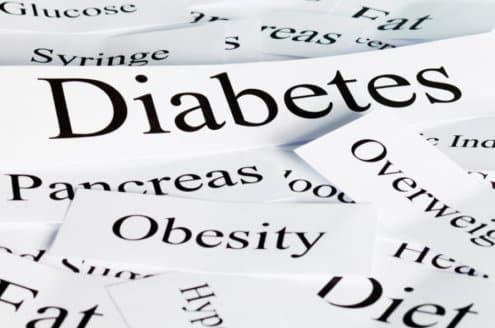Diabetes has a staggeringly negative impact on individuals, families and communities. As insulin costs rise, an increasing number of Americans are being diagnosed despite government efforts to promote dietary guidelines. The rate of obesity, a significant risk factor in the development of diabetes, are also growing. This continued rise in diagnoses demonstrates the inefficacy of the government’s educational outreach in curtailing this dangerous and expensive disease.
Though rates varied by state, the 2016/2017 State of American Well-Being report found that both the rate of Type 1 and Type 2 diabetes diagnoses and the rate of obesity increased between from 2008/2009. While the highest and lowest rates were found in West Virginia and Alaska, respectively, the rates of obesity and diabetes did not decline in any U.S. state in the time period observed.
Obesity, which increased in 34 states, is a key risk factor for type 2 diabetes alongside many other chronic conditions. It is defined as a Body Mass Index (BMI) of 30 or higher. According to the report, “states with a rising obesity rate are 2.3 times more likely to have a rising diabetes rate than those that have a stable obesity rate.”

These statistics may startle health and nutrition experts, many of whom have encouraged Americans to incorporate more grain and less fat into their diets – despite mounting evidence demonstrating that the most effective diet for reversing obesity and diabetes is much less black-and-white.
Research has shown that restricting carbohydrates can help patients with Type 2 diabetes enter remission. An ongoing study found that after just one year of adhering to a very low-carb diet, 60% of participants were able to reverse their diagnosis.
Support for this diet is growing throughout worldwide diabetes associations, including the American Diabetes Association and the European Association for the Study of Diabetes. The U.S. Department of Agriculture (USDA), which oversees the Dietary Guidelines Advisory Committee, has announced that low-carb diets will be included in the 2020 Dietary Guidelines for Americans.
For Americans with diabetes, the disease is a threat to their health and their finances. A recent analysis by the Keckley Group found that the average adult with type 2 diabetes in the U.S. spends approximately $54,700 – $130,800 in healthcare expenses throughout their lifetime.
Consider the fact that the cost of insulin is skyrocketing, and the financial burden of diabetes does not have a promising future. This burden is not only on the patient – the Keckley Group found that the cost of diabetes to the U.S. economy totalled $322 billion in 2015.
However, there is hope for Americans. In addition to the low-carb diet, bariatric surgery and a low-calorie diet are evidence-based approaches proven to help who are pre-diabetic or diabetic. Additionally, online Canadian pharmacies provide a safe and affordable avenue for acquiring lifesaving insulin and other diabetes supplies.
—
Disclaimer: Please note that the contents of this community article are strictly for informational purposes and should not be considered as medical advice. This article, and other community articles, are not written or reviewed for medical validity by Canadian Insulin or its staff. All views and opinions expressed by the contributing authors are not endorsed by Canadian Insulin. Always consult a medical professional for medical advice, diagnosis, and treatment.


